Walk into any busy cafe on a summer afternoon and the air tells a story—coffee, pastries, and sometimes, the faint reminder that bodies are at work. Clothes absorb that story minute by minute, and by late day the plot can turn sour. Antibacterial clothing material is the quiet editor that keeps the narrative fresh. Instead of masking odor with stronger perfume, it tackles the tiny culprits that cause the smell in place.
Picture a cotton tee after a long bike ride. It soaks up sweat like a sponge, then stays damp against the skin. That dampness is a playground for bacteria. Now swap in antimicrobial polyester fabric. From the outside it looks like any other shirt, but the fibers carry an invisible shield that discourages bacteria from settling down and raising families. Less bacteria, less breakdown of sweat into sour acids, and—most importantly—less of that locker-room cloud that follows you home.
The real genius is how this works without you noticing. No stiff coating, no chemical smell, no special washing ritual. The protection is baked into the yarn itself, so every time the shirt bends, stretches, or brushes against your backpack, the shield stays active. You could wear it on a red-eye flight, roll it into a carry-on, and still greet the next city smelling like you just stepped out of the shower.
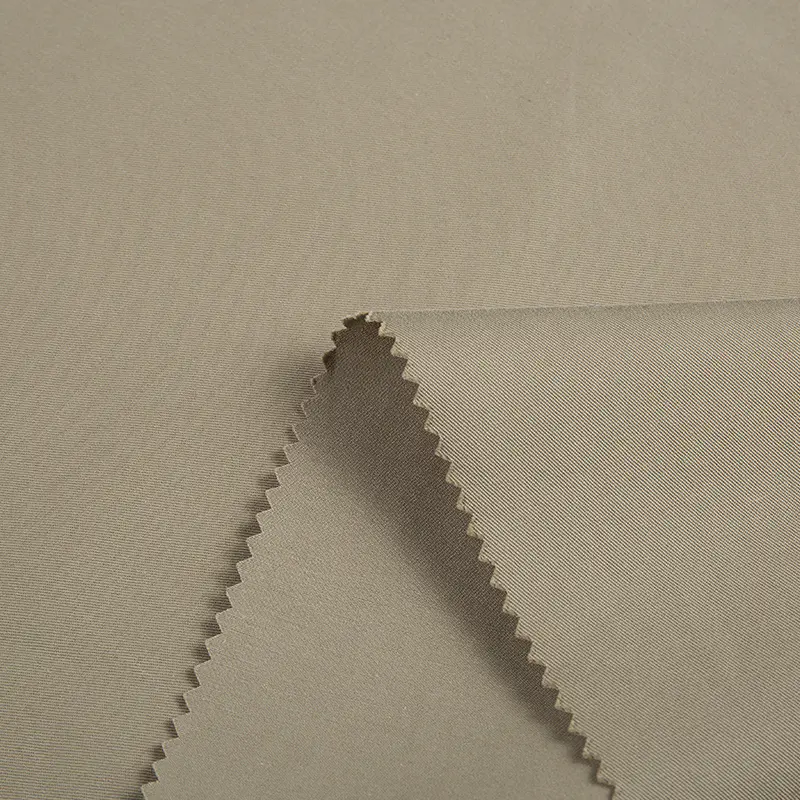
Moisture is half the battle, so many brands pair the antibacterial trick with another smart move: antimicrobial wicking fabric. This cloth pulls sweat off your skin and spreads it thin so it can evaporate fast. Drying quickly means bacteria have less time to throw their party. Imagine running for a train in humid weather. A regular shirt clings and drips, but the antimicrobial wicking fabric keeps the surface cool and almost dry. By the time you reach your seat, the shirt feels like it never left the closet.
Office life brings its own challenges. A blazer that spends eight hours under recycled air can trap coffee spills and stress sweat alike. Designers now line the underarms of dress shirts with lightweight panels of antimicrobial polyester fabric. The main body stays crisp cotton for a classic look, while the hidden panels do the dirty work of odor control. At the end of the day you can drape the blazer on a chair instead of racing it to the dry cleaner.
Travelers feel the difference most. One lightweight dress cut from antibacterial clothing material can survive museum mornings, street-food lunches, and rooftop evenings without turning stale. Instead of packing three tops for a weekend, you pack one and rinse it in the sink at night. By morning it's dry, fresh, and ready for another round of sightseeing photos.
Parents notice it, too. Teenage athletes can toss their practice jerseys into a gym bag on Monday and, miracle of miracles, remember to open the bag on Friday without fainting. The antimicrobial polyester fabric in those jerseys breaks the chain reaction that usually turns sports gear into a biohazard.
Even loungewear has joined the movement. Soft joggers stitched from antimicrobial wicking fabric let you work from the couch all day and still feel presentable when the pizza delivery arrives. The same pants can double as pajamas, because the fabric doesn't hold onto yesterday's stress sweat while you sleep.
Some people worry that antimicrobial sounds harsh, like rubbing pesticide on skin. In reality, the technology is closer to the way copper doorknobs stay cleaner than plastic ones. The surface simply makes life uncomfortable for microbes without harming you or the planet. After hundreds of washes, the shirt still feels like cotton, still stretches when you move, and still refuses to harbor odor.
Next time you pull on a shirt and realize you forgot deodorant, don't panic. If it's made from antibacterial clothing material, or lined with antimicrobial polyester fabric, or knit from antimicrobial wicking fabric, you're wearing a tiny bodyguard against the daily drama of sweat and stress. The only story your clothes will tell is the one you choose—coffee, pastries, confidence, and nothing else.
 EN
EN English
English 中文简体
中文简体 Español
Español عربى
عربى bahasa Indonesia
bahasa Indonesia


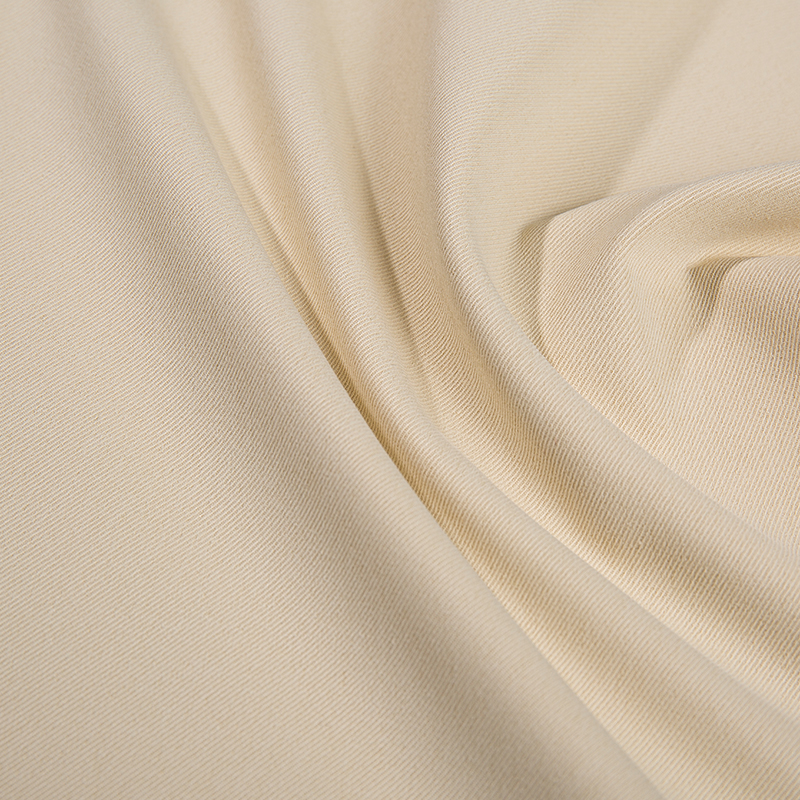
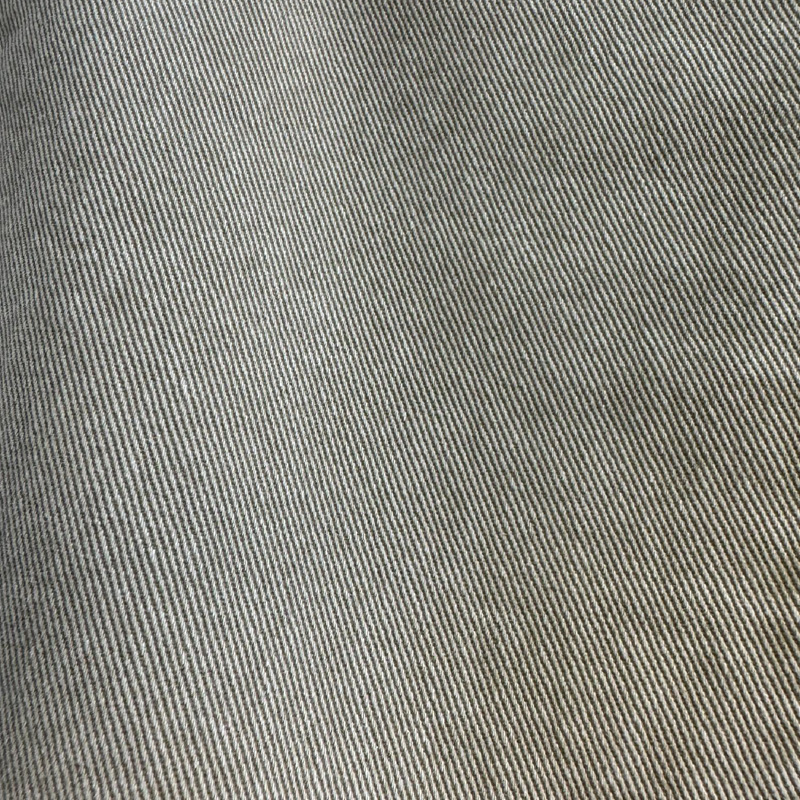

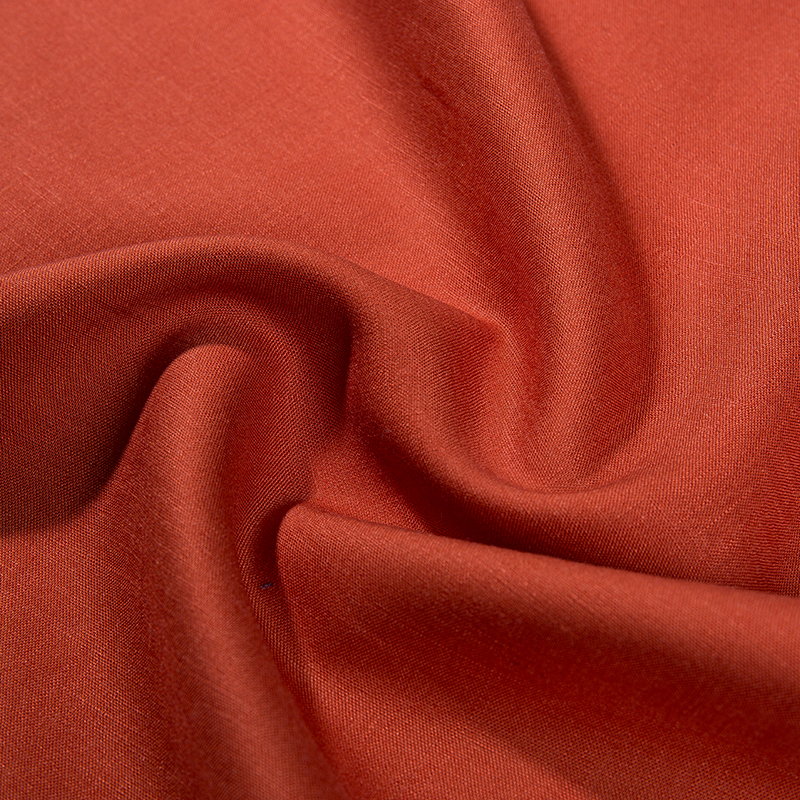
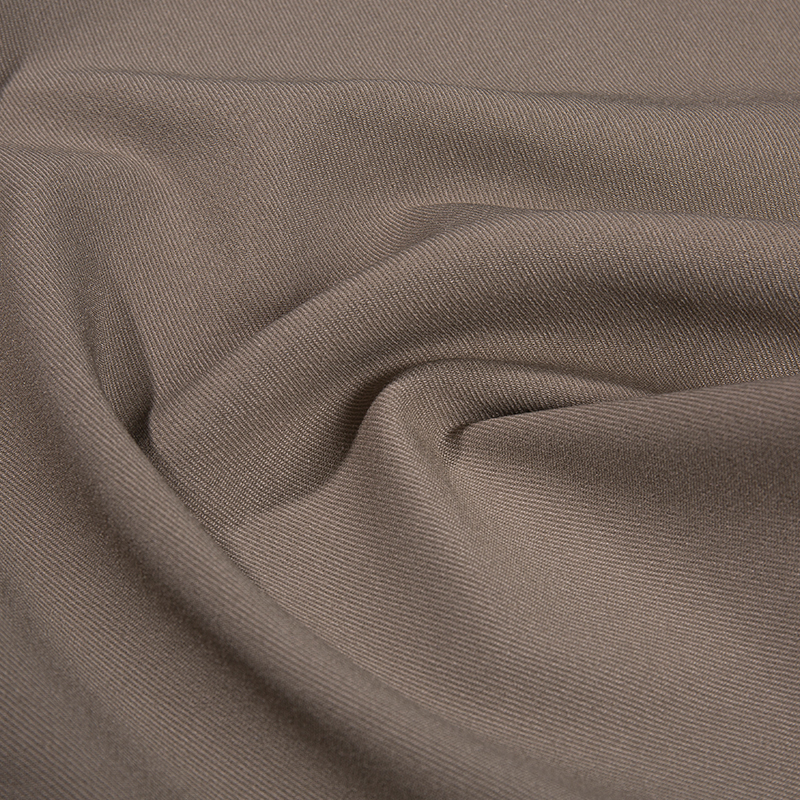
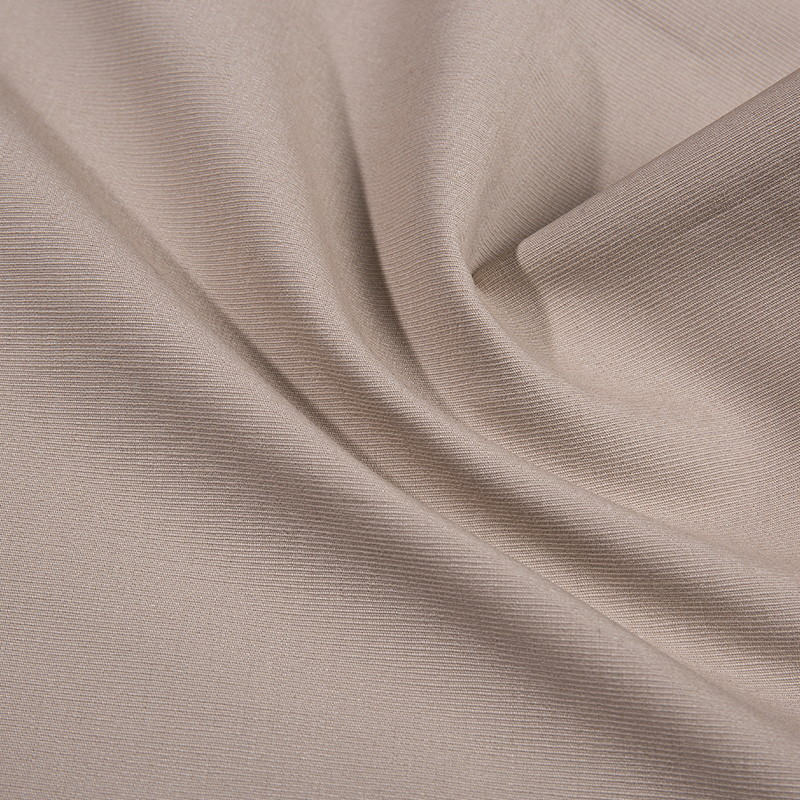
 Add: Beside National Highway 330, Zhuge Town, Lanxi City, Zhejiang Province, China
Add: Beside National Highway 330, Zhuge Town, Lanxi City, Zhejiang Province, China Phone: +86-579-89022355
Phone: +86-579-89022355

